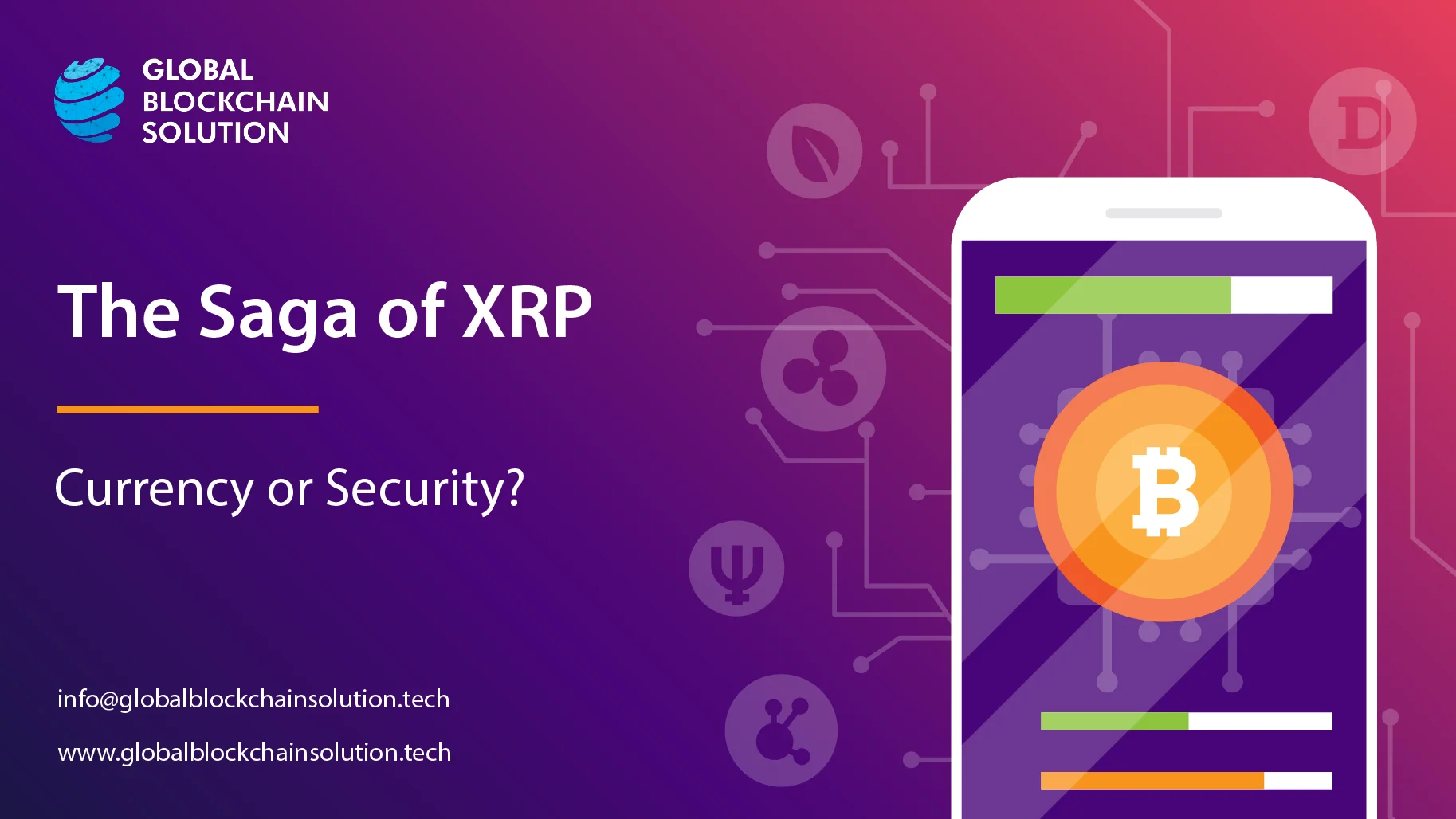The intersection of innovation and regulation often sparks consequential legal battles, none more emblematic than the case of Ripple (XRP) versus the United States Securities and Exchange Commission (SEC).
In 2012, Ripple (then OpenCoin) emerged as a transformative force in fintech, introducing RippleNet, a network promising efficient and cost-effective cross-border money transfers. Central to this ecosystem was XRP, a cryptocurrency designed for real-time settlement within the RippleNet network.
However, XRP slightly diverged from its initial intended goal of providing “fast, low-cost transactions”, thereby raising over $1.3 billion via the token. In 2020, the SEC took note of it and charged Ripple, leading to a series of events that culminated in a legal showdown with the SEC.

Who emerged as the winner? It’s not clear as of December 2023. However, Ripple has secured some initial wins, which were celebrated by the global blockchain and crypto fraternity.
This case, with its intricate details and far-reaching implications, serves as a landmark study in the evolving landscape of cryptocurrency regulations.
At Global Blockchain Solution, as we delve into the SEC vs. Ripple case today, we will navigate through the critical events and legal nuances that have defined this pivotal moment in the crypto world.
The journey unfolds against a backdrop of innovation, regulatory scrutiny, and the delicate balance between fostering technological progress and upholding legal standards.
This Article Contains:
Background
In 2004, Ryan Fugger conceived the idea of Ripple, a decentralized digital money system aimed at empowering individuals and communities. This vision materialized as RipplePay in 2005, offering secure global payments and the flexibility for users to create their virtual currencies.
In a pivotal moment in 2012, Jed McCaleb, renowned for his involvement in the eDonkey network and Mt. Gox, and Chris Larsen, founder of E-Loan and Prosper, entered the scene. Recognizing the potential, they approached Fugger and took the reins of RipplePay, transforming it into OpenCoin.
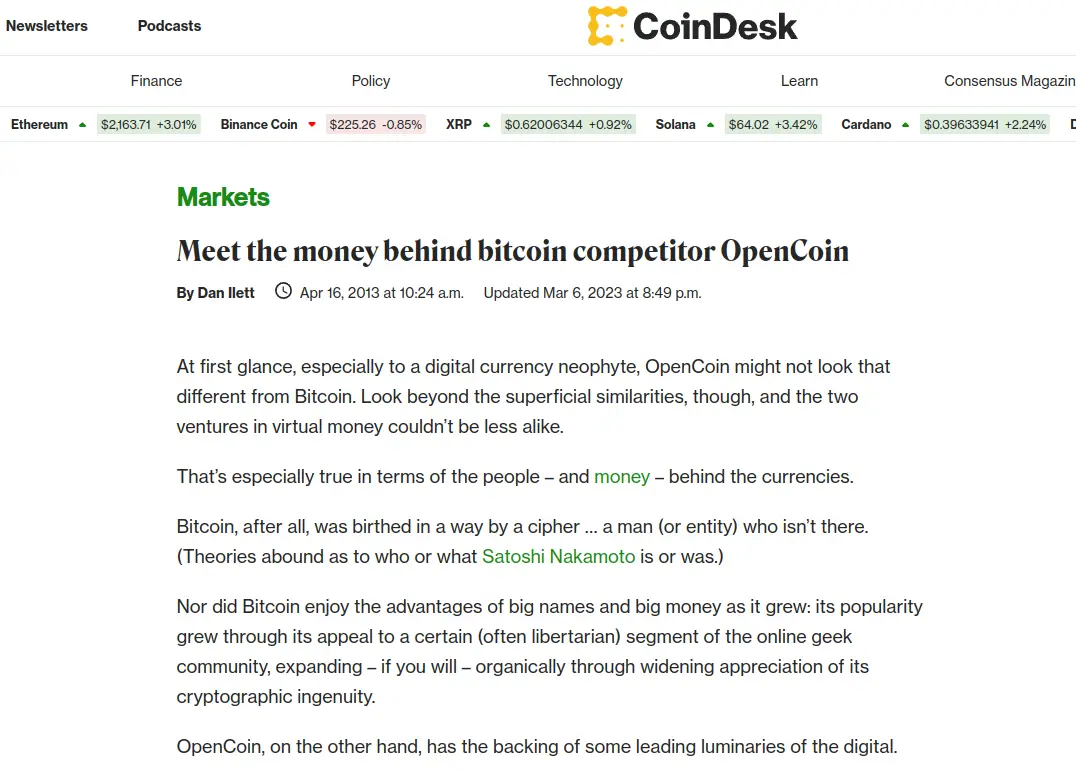
The duo’s involvement, coupled with Arthur Britto and David Schwartz, was critical in taking the decentralized vision forward. Although Fugger’s RipplePay was decentralized, it was only a peer-to-peer system with interoperable centralized assets. It did not have any decentralized assets as Fugger didn’t know how to create them.
This challenge was solved with the involvement of McCaleb, Larsen, Arthur Britto, and David Schwartz. Together, they envisioned revolutionizing inter-bank exchanges through real-time, secure transactions verified by consensus, providing an open-source solution for the financial sector.
The group also found Bitcoin’s Proof of Work as resource-intensive and wasteful. So, departing from Bitcoin's mining model, they introduced a consensus verification system, laying the foundation for the Ripple Transaction Protocol (RTXP) in 2012.
Back then, the name “Ripple” was used for everything from the open-source project and its unique consensus ledger (Ripple Consensus Ledger) to RTXP, the Ripple network, and its digital asset (ripples).
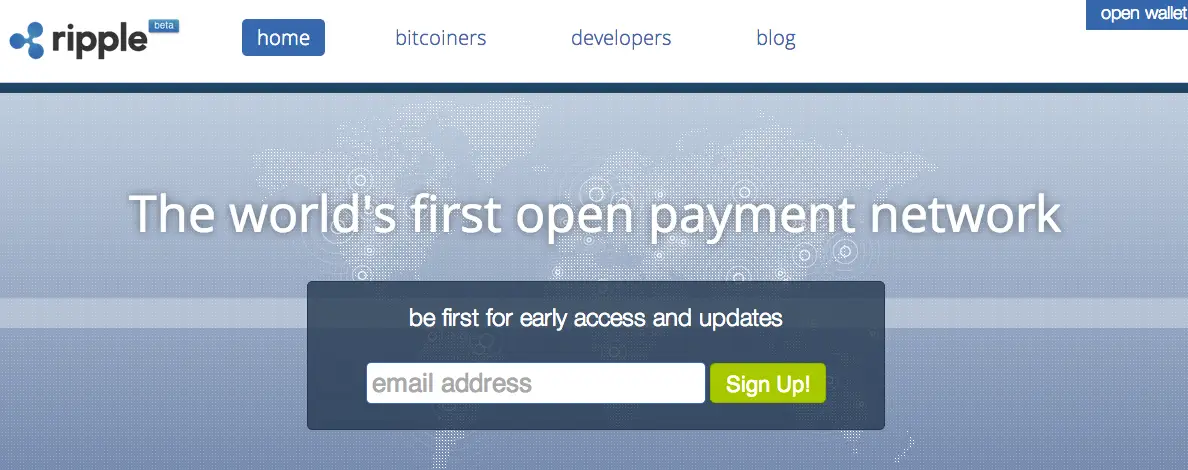
A pivotal moment arrived in April 2013 when backed with substantial funding, OpenCoin strategically acquired SimpleHoney to accelerate its adoption. The year also witnessed McCaleb abruptly leaving Ripple.
As the momentum continued, the company underwent a rebranding in September 2013 as Ripple Labs and finally settled for just “Ripple” in 2015. The company also launched Codius for smart contracts in 2014 and consistently gained traction within the financial sector, securing partnerships with banks in the ensuing years.
Also Read: What are Smart Contracts?
Bradley Garlinghouse was onboarded as COO of the company in 2015 and promoted to the rank of CEO in 2016.
In 2016, the New York Department of Financial Services also granted Ripple a virtual currency license, emphasizing its commitment to regulatory compliance. By October 2017, Ripple had established partnerships with numerous financial institutions, solidifying its standing in the cryptocurrency landscape.
By the end of 2017, Ripple regained its status as the second-largest cryptocurrency by market capitalization.
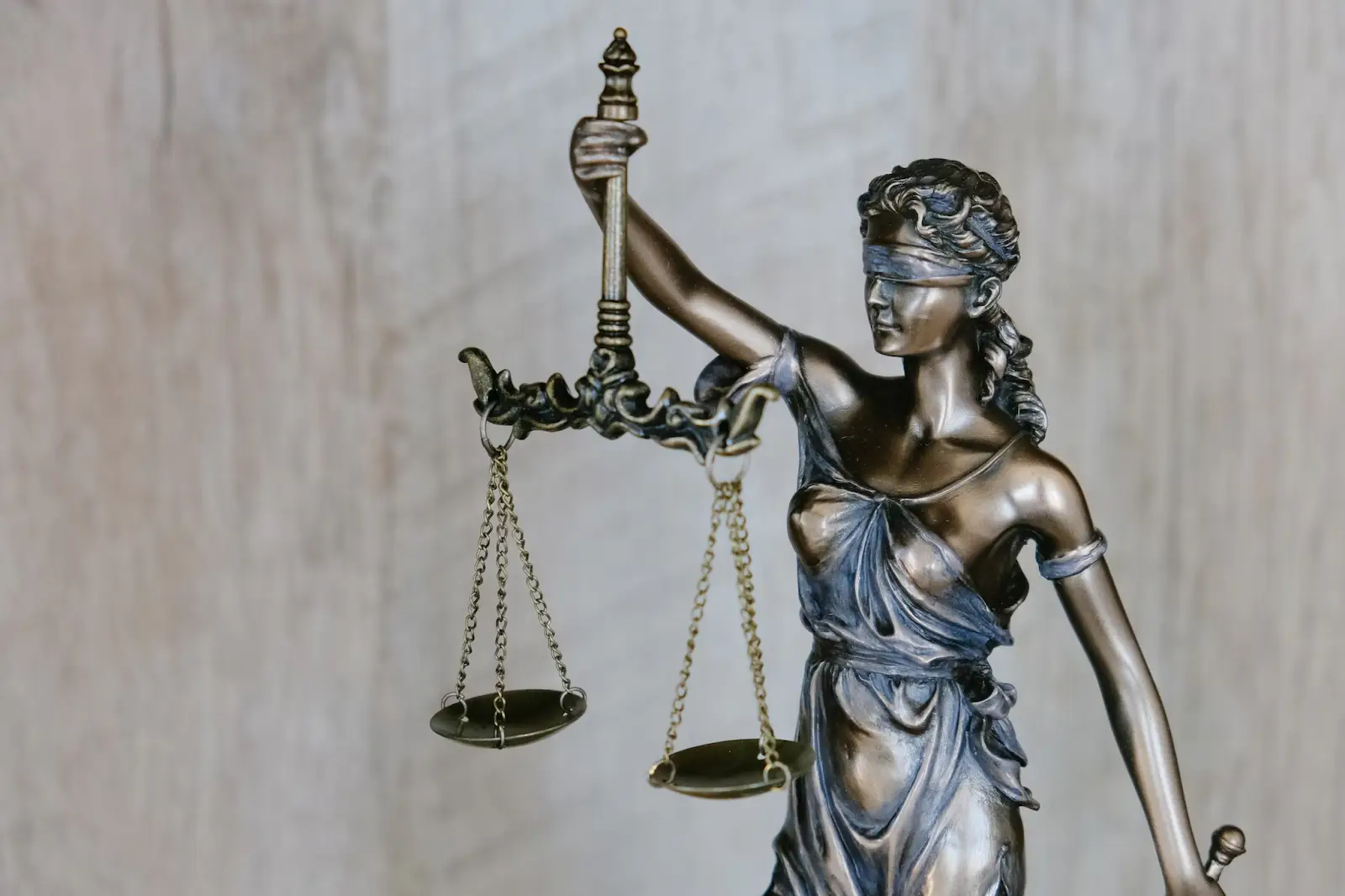
However, in December 2020, the journey took an unexpected turn when the U.S. Securities and Exchange Commission (SEC) filed a lawsuit against Ripple Labs. The SEC challenged the regulatory status of XRP, alleging it was an unregistered security.
This legal battle became a focal point, raising questions about the classification and regulation of digital assets. The outcome holds significant implications not only for Ripple but also for the broader cryptocurrency industry.
Also Read: What is Cryptocurrency? A Comprehensive Guide
Legal Challenges Leading to SEC vs. Ripple
For Ripple, a notable shift occurred as the company increasingly relied on XRP sales to fund its ambitious expansion plans, leading to a never-ending ICO inviting closer scrutiny from regulatory bodies.
This led to a range of regulatory and judicial challenges for Ripple, including one involving its co-founder Jed McCaleb.
Ripple encountered several legal challenges, marked by lawsuits and enforcement actions, shaping the narrative leading up to the SEC vs. Ripple case in 2020:
1. Jed McCaleb’s Legal Dispute
Jed McCaleb, one of Ripple's co-founders, faced legal troubles related to his departure from the company. A contentious agreement regarding XRP sales and Jed McCaleb's sell-off activities led to a legal battle.
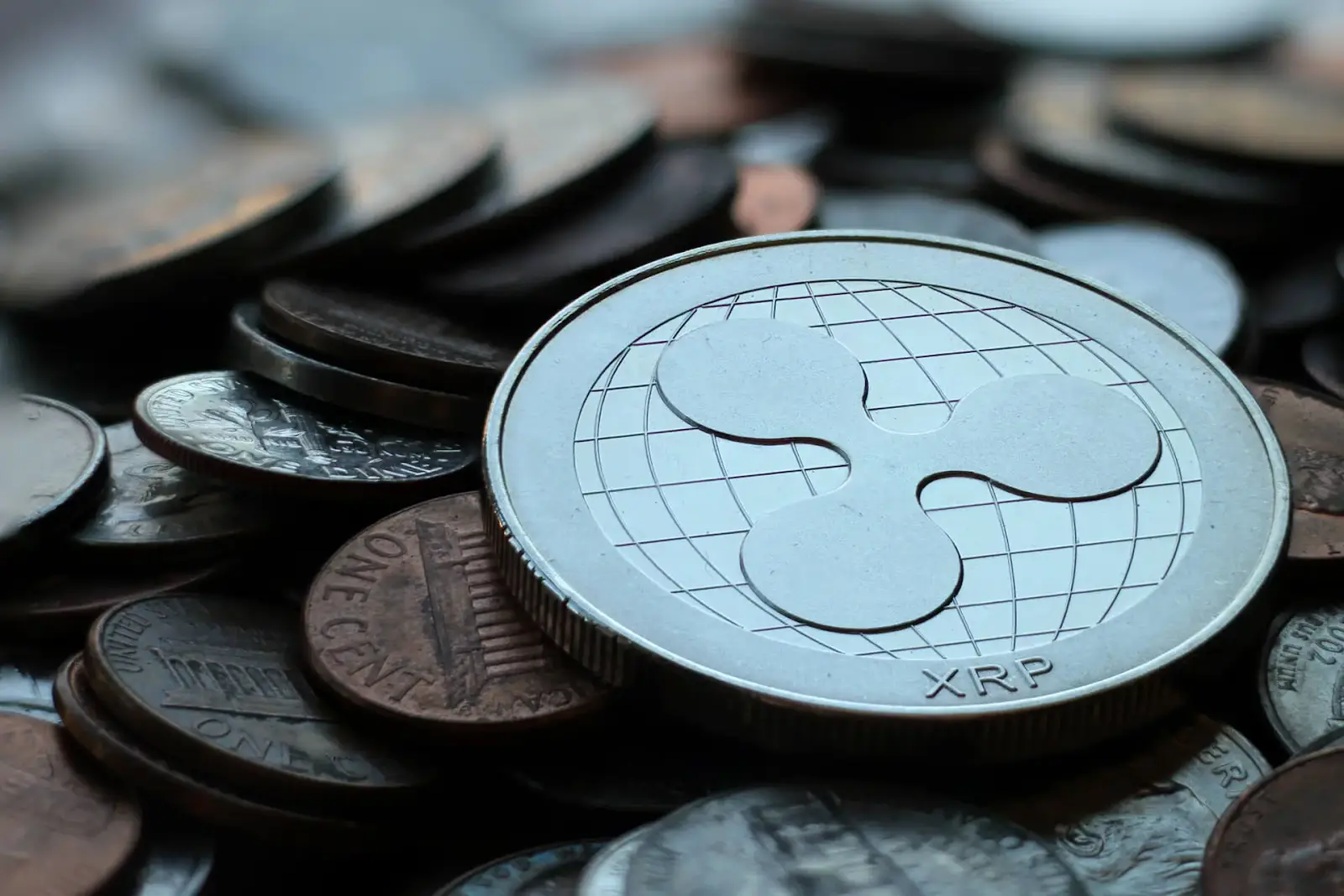
Ripple accused McCaleb of violating the 2014 agreement and selling XRP in a manner that harmed the market. The $1 million lawsuit was later settled by establishing sale control of McCaleb’s 5.4 billion tokens and full dilution of his equity in Ripple.
However, this internal conflict added a layer of complexity to Ripple's legal landscape and contributed to the broader narrative of regulatory concerns within the company.
2. FinCEN Enforcement Action
In 2015, the Financial Crimes Enforcement Network (FinCEN) took enforcement action against Ripple Labs. FinCEN imposed a $700,000 fine on Ripple Labs for violations of the Bank Secrecy Act and Anti-Money Laundering (AML) laws.
This action stemmed from Ripple's failure to register as a money services business and implement necessary AML controls. The fine underscored the importance of regulatory compliance within the cryptocurrency industry.
Also Read: Top Cryptocurrencies by Market Cap: Speed, Fees, & Features
3. R3 vs. Ripple Lawsuit
Ripple found itself entangled in a complex legal dispute with blockchain consortium R3, intensifying the company's legal challenges. The disagreement centered around a 2016 agreement in which R3 had the option to purchase up to 5 billion XRP at a predetermined price.
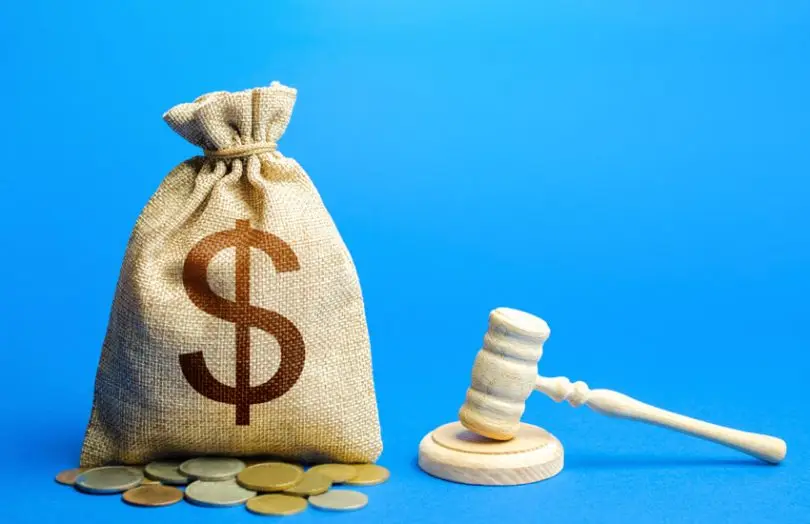
However, Ripple alleged that R3 failed to meet certain contractual obligations, prompting Ripple to terminate the agreement. In response, R3 filed a lawsuit against Ripple in 2017, asserting that Ripple wrongfully terminated the agreement and seeking damages for the unfulfilled XRP purchase option.
The case was later settled in 2018. In 2020, the settlement value was found to be between $240 million and $470 million.
4. Class Action Lawsuit
The company faced a class-action lawsuit filed on behalf of XRP investors who claimed that XRP should be classified as a security and that Ripple had conducted an unregistered securities offering.
This lawsuit, filed in 2018, gained traction as it raised questions about the regulatory status of XRP and the potential implications for investors.
These concrete legal events laid the groundwork for the subsequent legal battle with the U.S. Securities and Exchange Commission (SEC) in December 2020.
The SEC's lawsuit alleged that XRP was an unregistered security, marking a critical juncture in Ripple's legal journey and sparking a case that would have significant implications for the cryptocurrency industry.
The SEC vs Ripple: A Watershed Moment and Ripple's Legal Stand
The culmination of these challenges came on December 22, 2020, when the U.S. Securities and Exchange Commission (SEC) filed a lawsuit against Ripple and its executives, Chris Larsen and Bradley Garlinghouse.
The SEC alleged that the company had raised over $1.3 billion through unregistered securities offerings of XRP, asserting that investors were deprived of necessary disclosures and protections. Back then, as enforcement actions were intensifying in the crypto industry, it was customary to settle the charges by pulling out and/or paying the fines.
Ripple, however, opted to confront them head-on, setting the stage for a legal battle with far-reaching implications for the classification of cryptocurrencies. It claimed that XRP did not pass the Howey Test, and hence, couldn’t be deemed as a security.
Also Read: What is Howey Test?
The case assumed a global significance, making industry professionals pick different sides.
December 22, 2020: The SEC files a lawsuit against Ripple Labs Inc., Bradley Garlinghouse (Ripple's CEO), and Christian Larsen (Ripple's executive chairman). The SEC alleges that Ripple raised over $1.3 billion through an unregistered securities offering by selling XRP tokens.
December 28, 2020: Coinbase delists XRP from its crypto exchange.
January 25, 2021: Ripple files an official response, denying the SEC's allegations. Ripple claims XRP is a currency, not a security, and requests for Bitcoin and Ethereum documents under the Freedom of Information Act.
March 3, 2021: Brad Garlinghouse and Christian Larsen file motions to dismiss the charges against them.
March 9, 2021: SEC requests for an immediate hearing.
March 20, 2021: Judge Sarah Netburn rules that XRP is a currency and has a utility, unlike Bitcoin and Ether.
April 13, 2021: The SEC commissioner publishes the Token Safe Harbor Proposal 2.0. The proposal gave token developers a three-year waiver against securities laws.
June 14, 2021: The court extends the deadline for the SEC to disclose its internal employee crypto trading policies from June to August 2021.
Also Read: The Legality of Launching an ICO in the US
August 31, 2021: Deadline for the SEC to reveal sensitive internal crypto trading policies per the court order.
October 15, 2021: Deadline for expert discovery, gathering opinions from experts in cryptography and securities.
January 24, 2022: Judge grants extension for the SEC to appeal having to disclose certain sensitive government documents related to crypto until February 17.
September 17, 2022: The SEC and Ripple file initial motions for summary judgment outlining arguments supporting dismissal.
September 21, 2022: The court allows the Chamber of Digital Commerce, a blockchain advocacy group, to file an amicus curiae brief giving its perspectives.
December 2, 2022: The parties make public their replies/counterarguments to each other's summary judgment motions.
December 22, 2022: The SEC tries to prevent the release of William Hinman documents and references in Ripple's filings, which are allegedly relevant.
June 12, 2023: After legal disputes, Hinman documents finally become publicly available, potentially significantly impacting the case.
July 13, 2023: Judge rules Ripple did not break securities laws in public XRP sales but did violate them in sales to institutions.
October 3, 2023: Judge Analisa Torres rules that the SEC cannot appeal her decision involving Ripple Labs.
October 19, 2023: The SEC drops claims against both Ripple executives in a bid to fast-track proceedings.
Also Read: What is Consensus Mechanism? 25 Consensus Mechanisms to Choose From
Key Takeaways from the Legal Battle
As the high-stakes legal confrontation between the SEC and Ripple continues to unfold, several valuable insights have emerged regarding cryptocurrency regulations:
➤ What Went Right for Ripple
Here are some of the things that went right for Ripple.
1. Standing Firm
By refusing to settle, Ripple took a bold stand to challenge the SEC’s classification of XRP as a security. This shifted the narrative and put the regulatory authority’s inconsistent positions under the spotlight.
2. Utility Established
The ongoing proceedings have underscored XRP’s utility as a digital asset providing liquidity for cross-border payments. Judge Netburn’s early ruling that XRP has utility was a boost for Ripple, followed by Judge Analisa Torres’ stance.
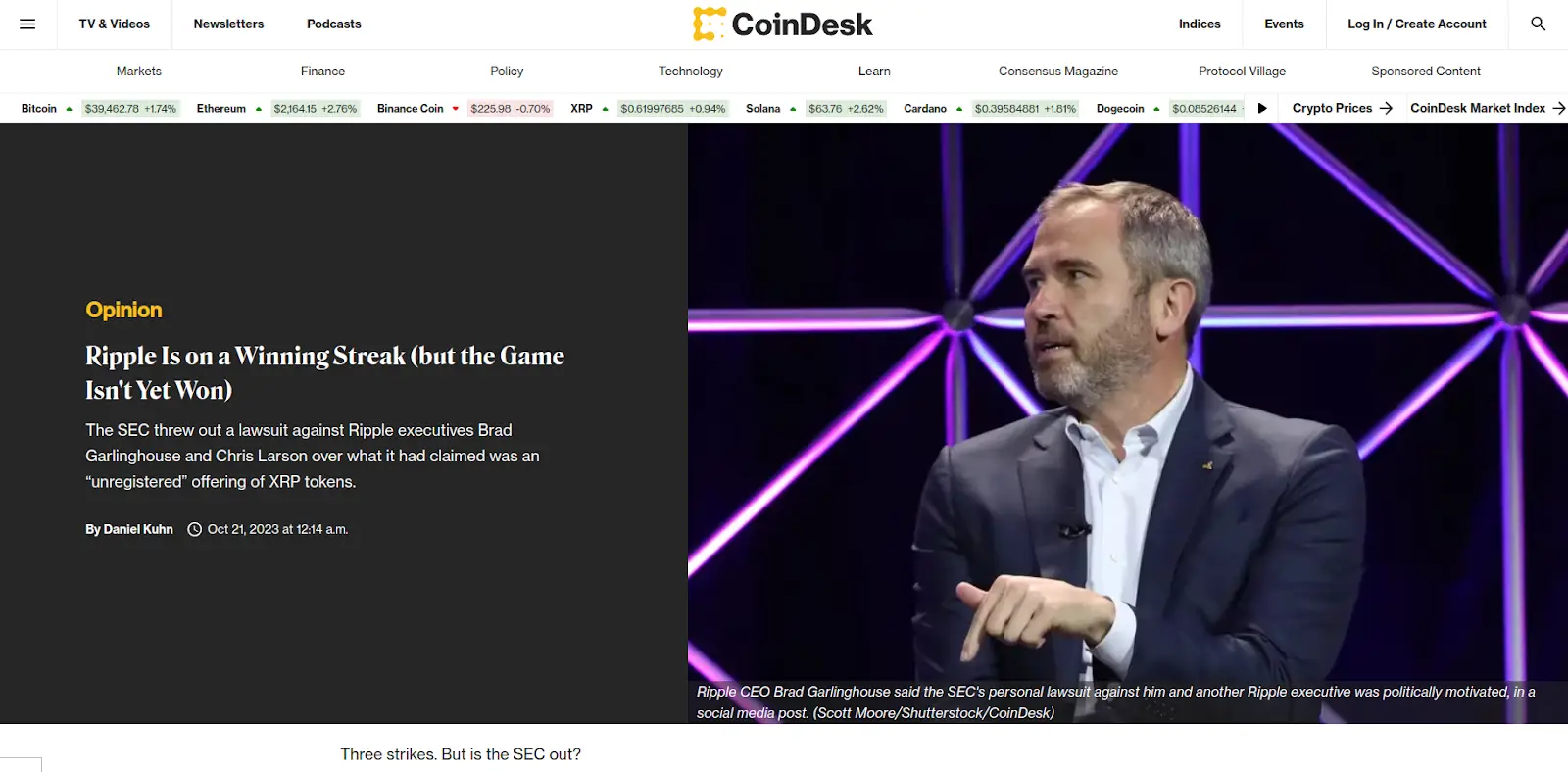
3. Industry Support
Ripple secured support from the wider blockchain industry, including trade associations filing amicus briefs arguing against overregulation. This helped strengthen its legal position.
4. Potential Precedent
If Ripple wins the lawsuit, it could establish a favorable precedent for the regulatory status of other major cryptocurrencies. This outcome would be a boon for innovation in the space.
➤ What Didn’t Go Right
Although a lot of wins have come across for Ripple of late, they have all come at a price. Here are a few things that didn’t go well for Ripple.
1. Reputational Damage
The allegations and lawsuit have undoubtedly harmed Ripple’s standing, with platforms delisting XRP. Rebuilding trust may prove challenging even if Ripple prevails legally.
2. Disclosures Questioned
The case highlighted Ripple’s lack of clarity and deficiencies in disclosures to investors, especially during earlier fundraising rounds. This formed the crux of allegations about an ongoing unregistered securities sale.
3. Executives Not Absolved
While the SEC has dropped charges against the executives recently to expedite proceedings, earlier decisions had allowed the suit against them to move forward. The individual liability angle remains a gray area.
4. No Clarity Yet
With the lawsuit ongoing and both parties awaiting the court’s ruling on their summary judgment motions, regulatory uncertainty around XRP’s status persists. The final judgment will be crucial.
5. Legal Fees
So far, Ripple has paid legal fees of $150 million, which some believe is more than the amount it would be charged for its institutional sales.

While this remains a landmark case, the outcome is far from certain. However, valuable insights have emerged for cryptocurrency backers seeking to balance innovation and regulatory obligations. Striking the right chord between the two will be vital as the technology evolves.
Conclusion: Navigating the Regulatory Maze
The SEC’s lawsuit against Ripple Labs underscores the regulatory uncertainties surrounding cryptocurrencies and digital tokens. While innovation should be encouraged, disregarding investor protections and compliance requirements can prove damaging.
Businesses exploring cryptocurrency ventures must proactively evaluate regulatory obligations and disclosure needs based on their unique model. Seeking legal counsel early on is prudent to understand if the token or coin may be classified as a security.
If the business intends to enable participation in an enterprise, emphasize utility rather than speculative value alone when designing the token. Ensure investor communications highlight actual functionality over promises of future profits.
Maintain transparency regarding fundraising plans, capped sales, circulation limits, and procedures to prevent manipulation. Collaborating with regulators and seeking clear guidance upfront, rather than after launch, can prevent issues.
In case you’re not sure about something, always feel free to reach out to our battery of legal experts at Global Blockchain Solution. Book a free 15-minute consultation today.
The Ripple case remains sub judice, but regardless of the outcome, prudence demands that cryptocurrency backers balance innovation aspirations with responsible regulatory adherence. With thoughtful planning, both goals can be synergistically achieved to realize the technology’s promise while protecting participant interests. The time for action is now.
Frequently Asked Questions
1. What is the SEC vs Ripple case about?
The case revolves around the U.S. Securities and Exchange Commission (SEC) alleging that Ripple Labs, the company behind the cryptocurrency XRP, conducted an unregistered securities offering by selling XRP.
2. What is the primary argument of the SEC in this case?
The SEC argues that Ripple's sale of XRP constituted an unregistered securities offering, as they believe XRP should be classified as a security. The SEC claims that Ripple and its executives violated federal securities laws.
3. How does Ripple respond to the SEC's allegations?
Ripple contends that XRP is not a security but rather a digital currency. The company argues that the SEC's classification of XRP as a security is unfounded, and they challenge the regulatory authority's jurisdiction in this matter.
4. Why is the classification of XRP significant in this case?
The classification of XRP as a security would subject Ripple to more stringent regulatory requirements and potentially impact the cryptocurrency's status and trading on various platforms.
5. What is the Howey Test, and how does it relate to the case?
The Howey Test is a legal standard used to determine whether certain transactions qualify as "investment contracts" and thus securities. The SEC often employs this test in determining the regulatory status of a particular asset. The application of the Howey Test is central to the SEC's argument in this case.

